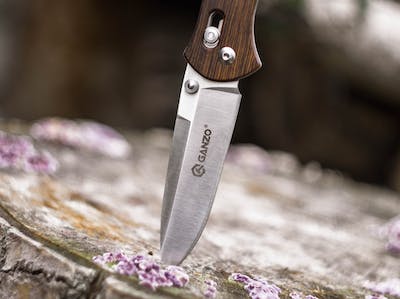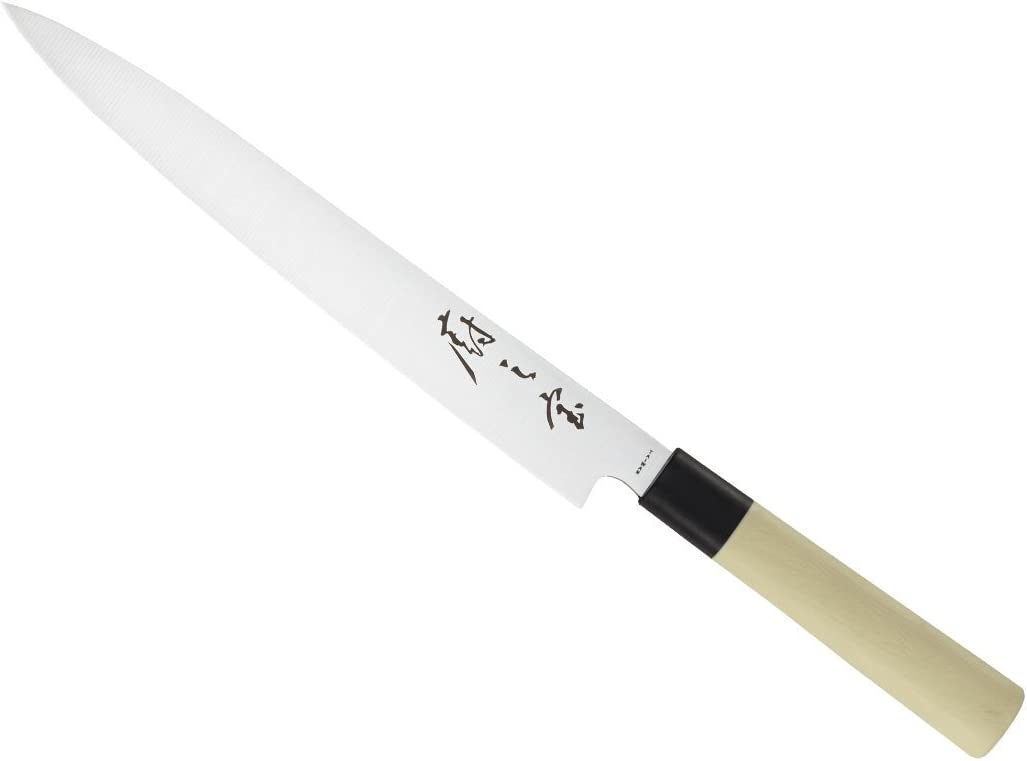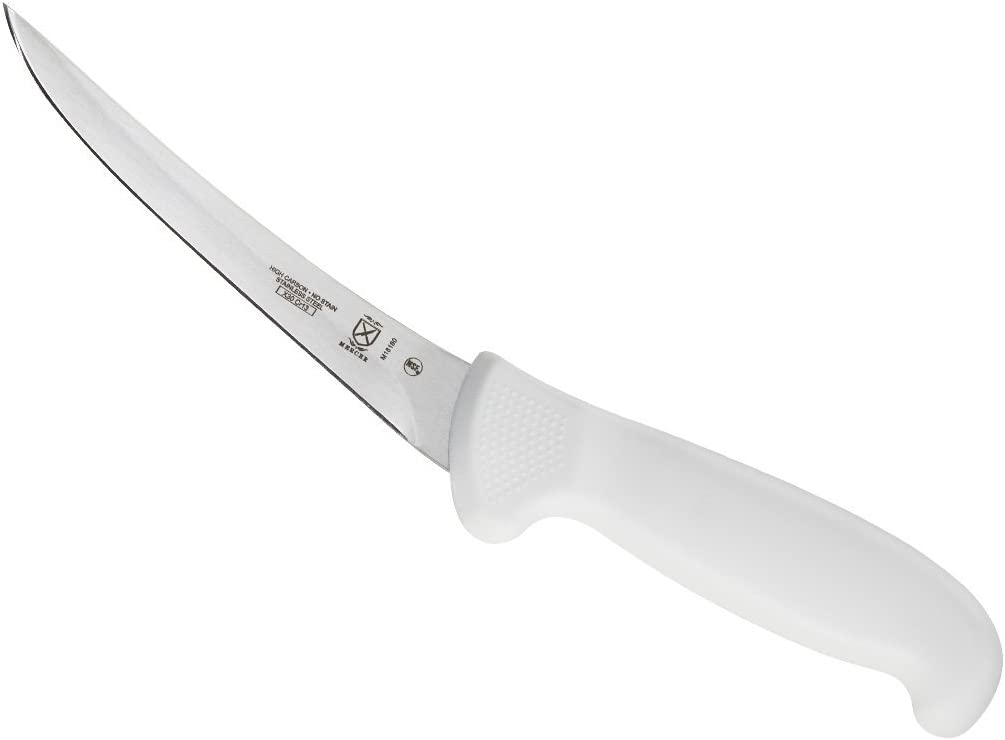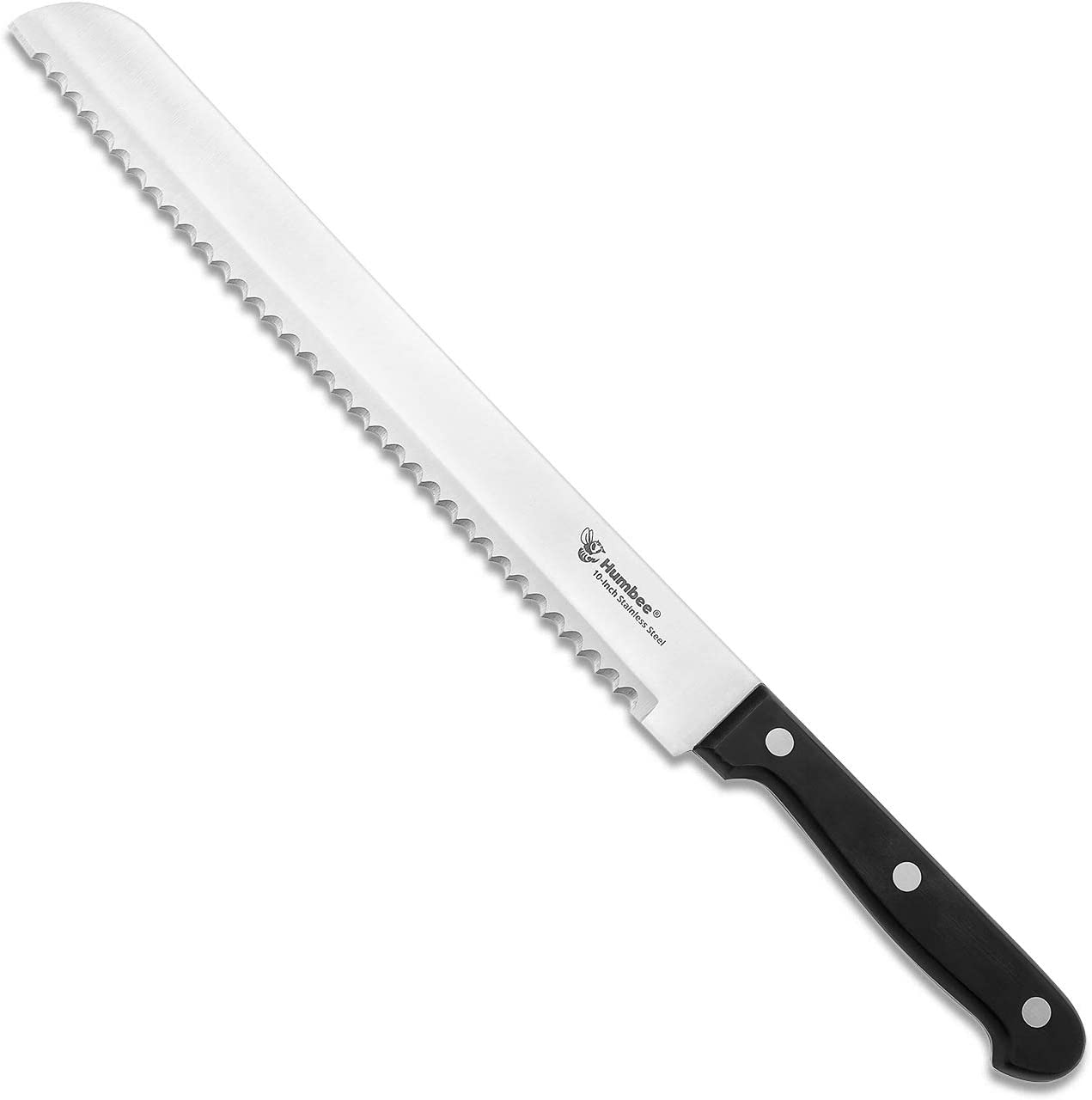Difference Between Serrated and Straight-Edge knives

A knife is a versatile tool used for various purposes such as cutting, slicing, and chopping. However, not all knives are created equal, and each type has its unique characteristics that make them suitable for specific tasks. One of the primary distinctions among knives is the type of edge they possess. The two most common types of knife edges are the serrated edge and the straight edge.
A serrated edge knife features a series of teeth or serrations along the edge, which makes it suitable for slicing through hard or tough materials. On the other hand, a straight edge knife has a smooth, sharp edge, making it ideal for precise cutting and slicing of softer materials.
Both types of knives have their advantages and disadvantages, and choosing the right one for a particular task depends on several factors. In this article, we will explore the differences between serrated and straight-edge knives, their respective strengths and weaknesses, and the tasks they are best suited for.
Straight-Edge Knives
A straight-edge knife is a blade with a smooth edge that cuts through food by applying pressure. These knives are the most commonly used in kitchens and are excellent for slicing, dicing, and chopping fruits, vegetables, and meats. Straight-edge knives are the go-to tool for precision cutting because they provide a clean cut without damaging the food’s texture.
Serrated Knives
A serrated knife has a jagged, saw-like edge that cuts through food by tearing it apart. Serrated knives are the best option for foods with tough exteriors, like bread and fruits with a hard rind, such as pineapple and melons. They’re also excellent for slicing through foods that are slippery on the outside, like smoked salmon or roast beef.
✅ Advantages of Straight Edge Knives |
|
The biggest advantage of serrated knives is that they can easily slice through foods that are tough on the outside and soft on the inside, like bread, without squishing the interior. Serrated knives are also easier to use than straight-edge knives, as the saw-like edge does most of the work. They’re also safer than straight-edge knives, as the serrations grip the food, making it less likely to slip. |
✅ Advantages of Straight Edge Knives |
|
One of the significant advantages of a straight-edge knife is its versatility. It can be used for almost any cutting task in the kitchen, from slicing delicate tomatoes to chopping tough meats. The smooth edge allows for a cleaner cut and is easier to sharpen than serrated knives. Additionally, because they’re straightforward, there are fewer places for food particles and bacteria to get trapped, making them easier to clean. |
❌ Disadvantages of Serrated Knives |
|
Serrated knives can be challenging to sharpen because of their unique blade shape. Additionally, because the serrations are small, they can trap food particles and bacteria, making them harder to clean than straight-edge knives. Serrated knives also have a limited range of use and are less versatile than straight-edge knives. |
❌ Disadvantages of Straight-Edge Knife |
|
The main disadvantage of a straight-edge knife is that they tend to be less effective on foods that are hard on the outside and soft on the inside, like bread. Slicing through these foods can be challenging, as the blade can squish the soft interior while cutting through the crust. Straight-edge knives can also be more dangerous than serrated ones, as they can slip easily if not sharp enough. |
➯Which Knife to Use When?
The type of knife you use depends on the food you’re preparing. Straight-edge knives are best for slicing, dicing, and chopping fruits, vegetables, and meats. They’re also great for precision cuts and tasks that require a clean edge, like filleting fish. Serrated knives are best for foods with a tough exterior and soft interior, like bread, or foods that are slippery on the outside, like smoked salmon. Also, they are good for cutting tomatoes, where a straight-edge knife can sometimes cause the skin to wrinkle.
➯Frequently Asked Questions About Serrated and Straight Edge Knives
What is the difference between a serrated and straight edge knife?
A serrated knife features a blade with small, jagged teeth along the cutting edge, while a straight-edge knife has a smooth, sharp edge. The serrated blade is ideal for cutting through tough or crusty surfaces, such as bread or tomatoes, as the teeth grip the material and provide better control. On the other hand, a straight-edge knife is perfect for precise slicing and chopping tasks, especially when dealing with delicate ingredients like herbs or vegetables.
Which type of knife is better for slicing bread?
When it comes to slicing bread, a serrated knife is the way to go. The serrations on the blade allow the knife to grip the crust of the bread, preventing it from squishing or tearing. The saw-like motion of a serrated knife also ensures a clean cut through the loaf, resulting in evenly sliced pieces. So, if you’re a bread lover or frequently bake your own loaves, investing in a good quality serrated knife is a must.
Can I use a serrated knife for other tasks besides cutting bread?
Absolutely! While a serrated knife is excellent for cutting bread, its versatile design makes it suitable for a variety of tasks. The teeth on the blade make it ideal for slicing through soft fruits and vegetables with tough skins, such as tomatoes or pineapples. Additionally, a serrated knife can be used for slicing cakes, pastries, and even carving roasts. Its ability to grip and cut through tough surfaces makes it a valuable tool in any kitchen.
Are straight edge knives more prone to dulling compared to serrated knives?
In general, straight edge knives do require more regular honing and sharpening compared to serrated knives. The smooth cutting edge of a straight edge knife is more prone to dulling over time, especially if used on hard surfaces like cutting boards made of glass or marble. However, with proper care and maintenance, such as regular honing and using a cutting board made of wood or plastic, you can keep your straight edge knife sharp and in excellent condition for a long time.
Can I use both serrated and straight edge knives in my kitchen?
Absolutely! In fact, having a combination of serrated and straight edge knives in your kitchen can cover a wide range of cutting tasks. While a serrated knife excels at slicing through crusty bread and tough-skinned fruits, a straight edge knife is perfect for precise slicing and chopping. By having both types of knives at your disposal, you can tackle any cutting task with ease and efficiency.
Conclusion
In conclusion, the choice between a serrated and a straight-edge knife depends on the task at hand. A serrated knife is ideal for cutting through hard materials, such as bread and meat, while a straight-edge knife is better suited for slicing and cutting softer materials, such as fruits and vegetables.
Serrated knives are generally more durable than straight-edge knives, and the serrations allow for longer use without needing to sharpen the blade. However, sharpening a serrated knife can be challenging, and it requires special sharpening tools or services. In contrast, a straight-edge knife is easier to sharpen and maintain, but it may require more frequent sharpening, especially if used frequently.
Ultimately, both types of knives have their unique strengths and weaknesses, and it is crucial to choose the right one for the task to ensure optimal results. A well-maintained and appropriately chosen knife can make all the difference in the kitchen and improve the quality of your cooking.



